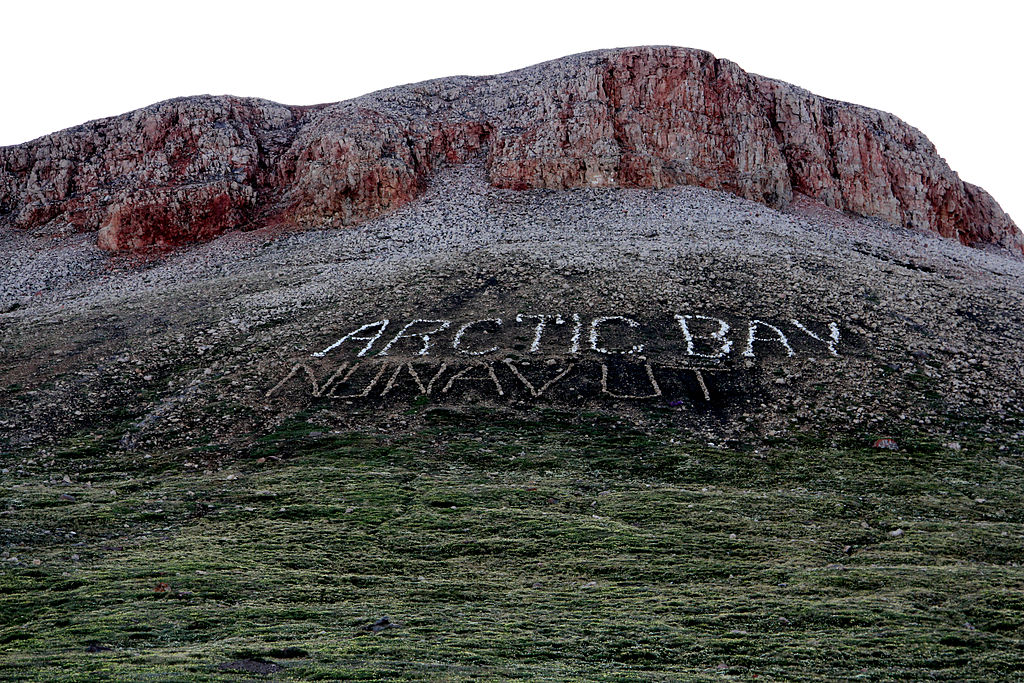Chesterfield Inlet, Nunavut, incorporated as a hamlet in 1980, population 313 (2011c), 332 (2006c). The Hamlet of Chesterfield Inlet is located in a bay on the south shore of CHESTERFIELD INLET on the west side of Hudson Bay, 101 km northeast of RANKIN INLET. The hamlet will became part of the new territory of NUNAVUT in 1999. Its traditional name is "Igluligaarjuk" which means "place with few houses."
Historically, Chesterfield Inlet was a meeting place for INUIT seal hunters to carry out an annual hunt in the late spring and early summer. Europeans became interested in the area after the explorations of William Moor and Francis Smith in 1746-47. As a result of this voyage, Arthur Dobbs thought that the inlet was a possible location of the NORTHWEST PASSAGE. This hope was dashed when the area was fully mapped in 1762. In this same year a Hudson's Bay Company sloop reached Baker Lake at the head of the inlet, but the company did not establish a post there until 1912. Before this date trade with the local Inuit people was carried on by sloops and schooners coming along the coast.
After 1912, Chesterfield Inlet became an important religious, medical and educational centre for the region. The community's population grew when several groups of NETSILIK INUIT migrated there from Foxe Basin, joining the Qairnilirmeot, group who were the area's traditional inhabitants.
The economy of the hamlet remains traditional and includes hunting, trapping and carving. Some commercial fishing and limited tourism are also carried out.

 Share on Facebook
Share on Facebook Share on X
Share on X Share by Email
Share by Email Share on Google Classroom
Share on Google Classroom


